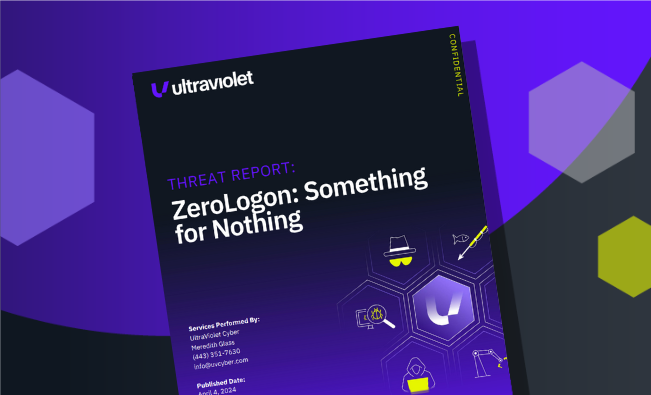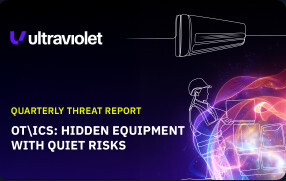
ZeroLogon: Something for Nothing
ZeroLogon is a Windows Netlogon vulnerability first detected in 2020. CVE-2020-1472 was assigned for this vulnerability. While Microsoft has released appropriate patching for this vulnerability following its discovery with several updates...
 High-Scale SIEM Migration across 70TB/day and 4,000 detections
High-Scale SIEM Migration across 70TB/day and 4,000 detections

 OT\ICS: Hidden Equipment with Quiet Risks
OT\ICS: Hidden Equipment with Quiet Risks UltraViolet Cyber Acquires Black Duck’s Application Security Testing Services Business
UltraViolet Cyber Acquires Black Duck’s Application Security Testing Services Business UltraViolet Cyber Named to Inc. 5000 List of America’s Fastest-Growing Private Companies in 2025
UltraViolet Cyber Named to Inc. 5000 List of America’s Fastest-Growing Private Companies in 2025
